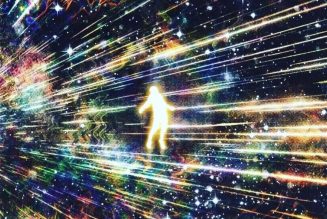After the formation of the Christian church, the worship of the old deities and the old ways were
banned and the nature festivals supplanted by Christian ones. The Christians were pragmatic,
however, and Pope Gregory, who sent St Augustine to England in AD 597, acknowledged that it was
simpler to graft the Christian festivals on to the existing festivals of the solstices and equinoxes. So,
Easter, for example, was celebrated on the first Sunday after the first full moon after the spring
equinox, which is where it remains today.
In the same way, the crosses on the hot cross buns that we eat on Good Friday were originally the
ancient astrological signs for the Earth, and were eaten to absorb the power and fertility of Mother
Earth. Hot cross buns were still thought to retain their magical qualities until the early decades of the
nineteenth century and were said to offer protection against drowning. For this reason, hot cross buns
were hung from the roofs of coastal churches where their remains can still be seen. The old ways did
not die quickly, however, and so for centuries the two religions co-existed as people gradually
transferred their allegiance from the Earth Mother, or Mother Goddess, to the Virgin Mary and the
female saints.
